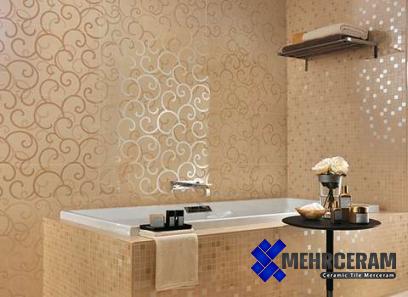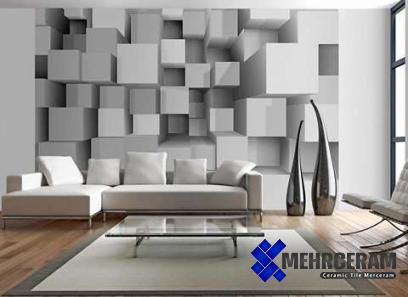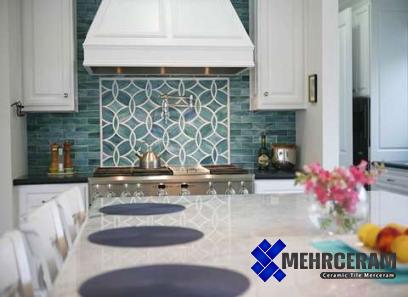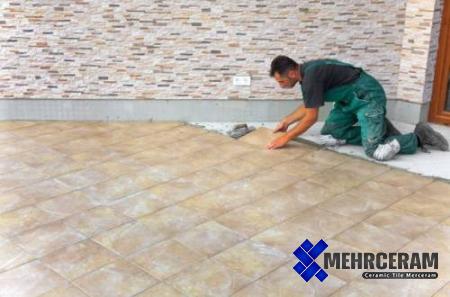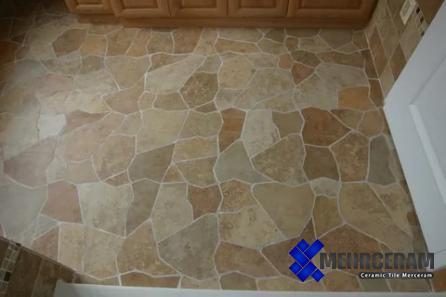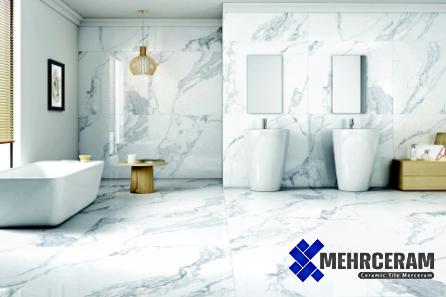Glass Tile for Pool and Poolside Design + Best Buy Price
Buying and combination of decorative glass tile and artificial bodies of water predate civilization itself
Intricate tile designs have turned water features into works of art, from the lavish pools, poolsides, and baths of ancient Greek and Roman palaces to contemporary marvels
Despite its lengthy history, many homeowners continue to view the significant use of tile in swimming pools as an exotic luxury
The use of tile was limited to simple waterline bands built to make cleaning easier and minimize cracking that happens when plaster is exposed to wet/dry transitions when backyard swimming pools first became common in America in the middle of the 20th century
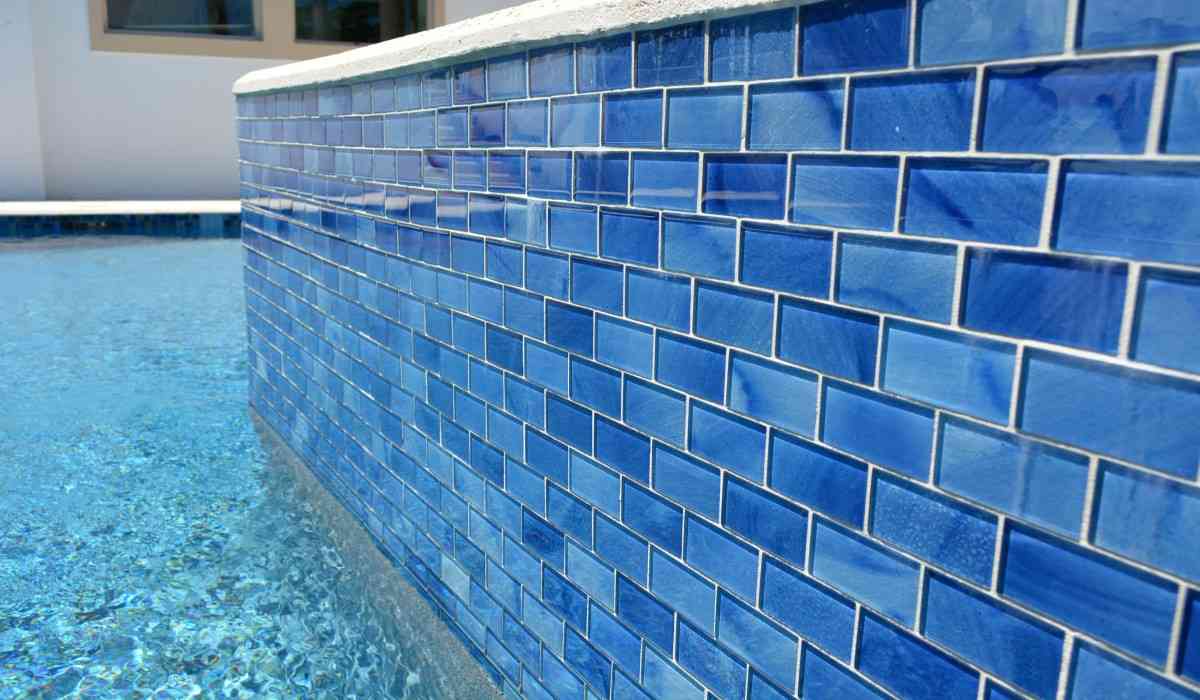
Tile
Due to the low cost of the tile used in these straightforward applications, swimming pool contractors and their customers were only given a few drab ceramic tile product lines to choose from for many years
But those times are long gone, and glass tile has completely changed how pools and spas are finished
Intricate designs and sparkling colors greet homeowners wishing to transform their projects into stunning accomplishments and a wide range of alternatives
Glass tile swimming pool designs are in demand right now
As the name suggests, silicate glass is used by manufacturers to make a range of items, including glass or ceramic tiles
Glass tiles often measure two square inches or less, which makes them smaller than ceramic or stone possibilities but powerful due to their almost endless variety of colors, textures, and transparency
The majority of glass tile varieties are the most resilient pool and spa surfaces when built properly; they provide strong resistance to chemical corrosion and other forms of harm
Glass tile surfaces can maintain their appearance and surface integrity for virtually as long as other indoor swimming pool and spa surface materials like plaster, exposed aggregate, or fiberglass finishes, which typically last between five and 25 years

Pool ceramic tile
Glass tile is attractive to homes more for its aesthetic value than for its utility
However, durability is a benefit
Although it can be utilized in conventional waterline applications, glass is frequently chosen as the main inside finish
To create focal points, it can also be used on steps, benches, high walls, or shallow seating spaces
Glass tile can produce consistent colors or blend colors to produce subtle tones that cannot be produced in any other way
It produces vibrant mosaic images in some of the most complex examples
Glass tile can imitate the mosaics found in the pools and reflection ponds of Greece, Rome, and Turkey, in addition to being attractive
According to David Tisherman, who frequently incorporates glass or porcelain tile into his pool designs, it is the most important element we have to generate a color
“Glass tile is frequently a major factor in the decision-making process for individuals who desire something genuinely remarkable
Nothing else compares to it in terms of design
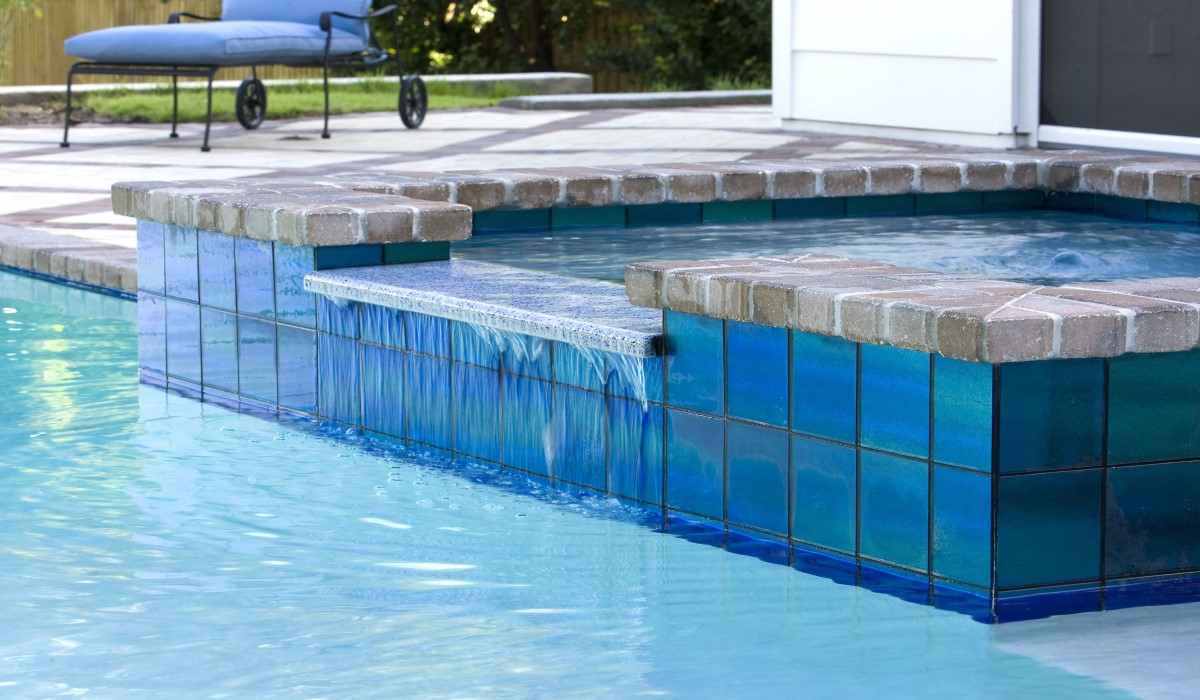
Tiles swimming pool
Buy Glass Tile for Pool Design
Pools, water features, and other submerged water uses require distinct installation techniques in several significant ways
Tile size and dimensional ratios are important factors to take into account when choosing and buying glass tiles for pool designs, according to Amy Denny, co-owner of Alpentile
This installer specializes in glass and stone tile pool and spa installations
Thermal shock has been reported to cause large-format glass tiles to break at a waterline
According to manufacturers, long rectangular shapes may be more brittle and less stable in the middle, especially if installation techniques are poor
Performance and durability will also be impacted by the tile’s thickness and general design
Architects should research each product and think about how its thickness, form, and design would work around a pool
According to Denny of Alpentile, product testing and manufacturer suggestions offer helpful general advice
That is why a lot of architects search for manufacturers with a solid track record of quality and technical personnel that is available and experienced
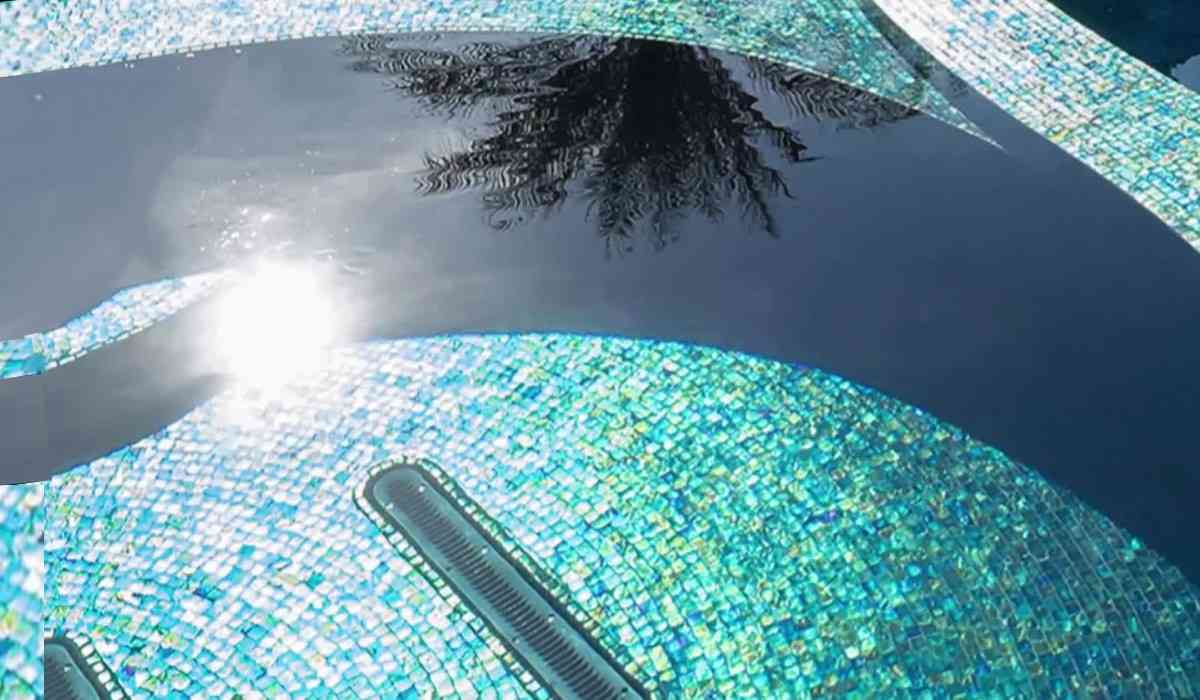
Tiles suitable for swimming pools
For glass tile applications, the pool wall substrate must be correctly built, robust, and dimensionally stable
For maximum performance, glass tiles for these applications must also be annealed (slow cooled)
For instance, the appropriate construction of the pool walls is one factor that architects need to be able to control as much as possible
At the same time, the industry establishes new standards for glass tile manufacturing and specification in pools
If the thinset tile bond is not on a sturdy and dimensionally stable substrate, it will not perform as well as it should
Additionally, as was already noted, the annealing (slow cooling) procedure is crucial for releasing potential internal tensions that may be brought on during manufacture
According to JZA D’s Zinder, annealed glass is an appropriate specification for a wide range of applications, including outdoor and underwater settings where environmental factors may produce thermal shock-induced fracturing
In these landscape and exterior applications, annealed glass-tile products are used due to their increased durability and lower risk of breaking
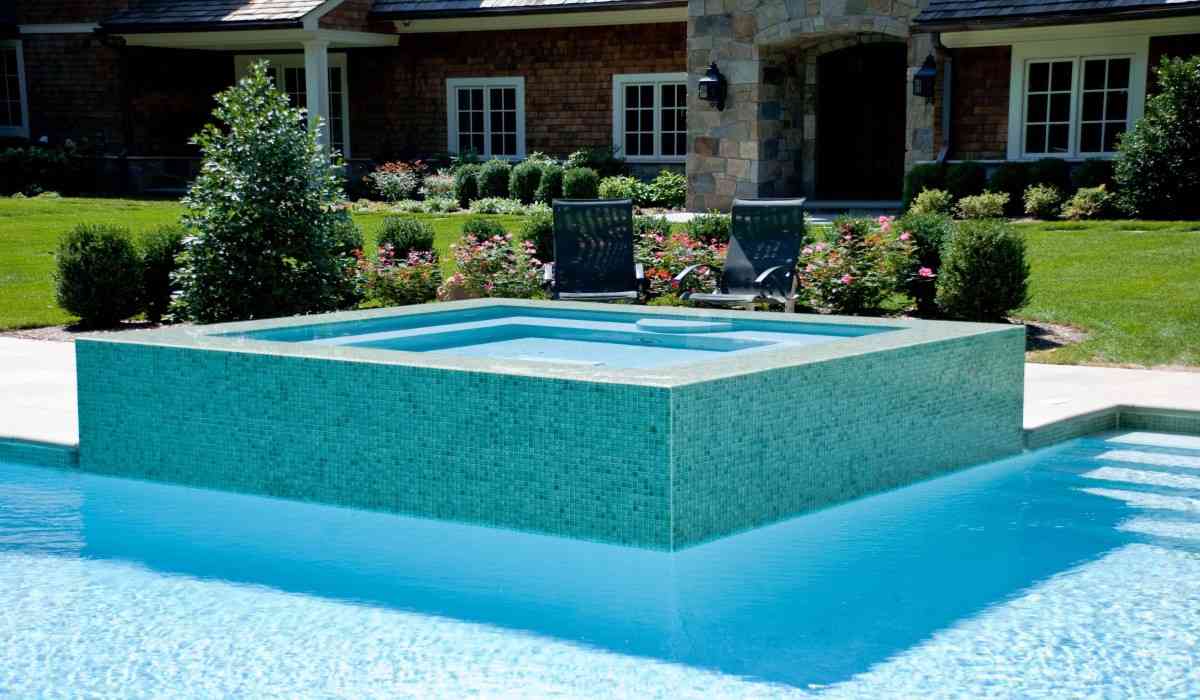
Buy Glass Tile for Poolside Design
Glass tiles give swimming pools, and water features an elevated look that evokes traditional design, opulent accents, and skilled artisanship
However, choosing and buying the materials is more difficult than selecting the conceptual idea to design a poolside
In a demanding and potentially corrosive environment susceptible to thermal stresses, these unique, multilayered systems require high-quality materials and skilled craftsmanship
Materials are put to the test as temperatures fluctuate: expansion and contraction, chemical reactions, and shifting water quality call for specialist materials made for the job
Some glass goods may not have completed the necessary testing or maybe too delicate for the pool environment
Glass tiles created using fast annealing (cooling) techniques or inclusions are likely to have undetected, unresolved stresses that, under certain circumstances, will release (shatter)
Because long rectangular shapes can be less stable towards the center of the porcelain tile and may be more prone to fracturing, tile size and dimensional ratios are important factors to take into account for glass tiles in pools, spas, and natatoriums
Tile size and dimensional ratios are important factors to take into account when specifying glass tiles for swimming pools and natatoriums
According to Amy Denny, co-owner of Alpentile, an installer specializing in glass tile pool and spa installations, long, rectangular designs can be less stable towards the core of the tile and hence more prone to fracturing
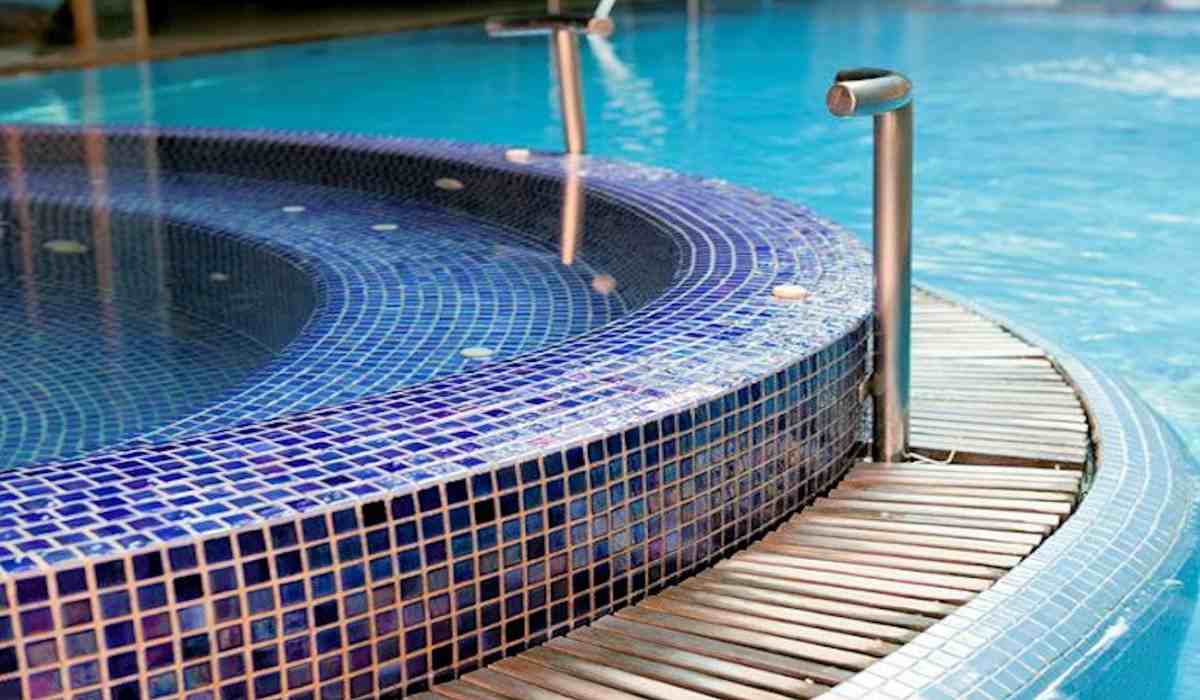
“I examine each item and consider how its thickness, shape, and design would perform in a pool setting
” Denny suggests getting information on product testing and suggestions from the manufacturer, just like other designers and installers
Three different mosaic mounting options, including mesh (back mounted), plastic film (face mounted), and paper (face mounted), may be available for pools
She emphasizes that the paper-face approach does not restrict creative alternatives and allows for 100% contact with the setting medium
When using plastic film face-mounting, it is more difficult to modify the tiles during installation because the setting material must solidify before the sheets can be removed
Conversely, mesh systems are often not advised for pools because the semi-rigid backing prevents the 95 percent contact between glass tile and setting material that some codes need, and many knowledgeable installers advise
Finally, a lot of grouts and thinsets might not withstand the stresses of pool water
The swimming pool’s owner-operator should test the water’s pH, calcium hardness, and total dissolved solids (TDS)
Cleaning the glass tiles at the waterline with a stiff brush regularly is a necessary part of maintaining the installed glass tiles


